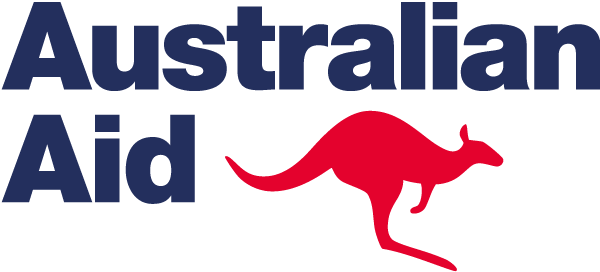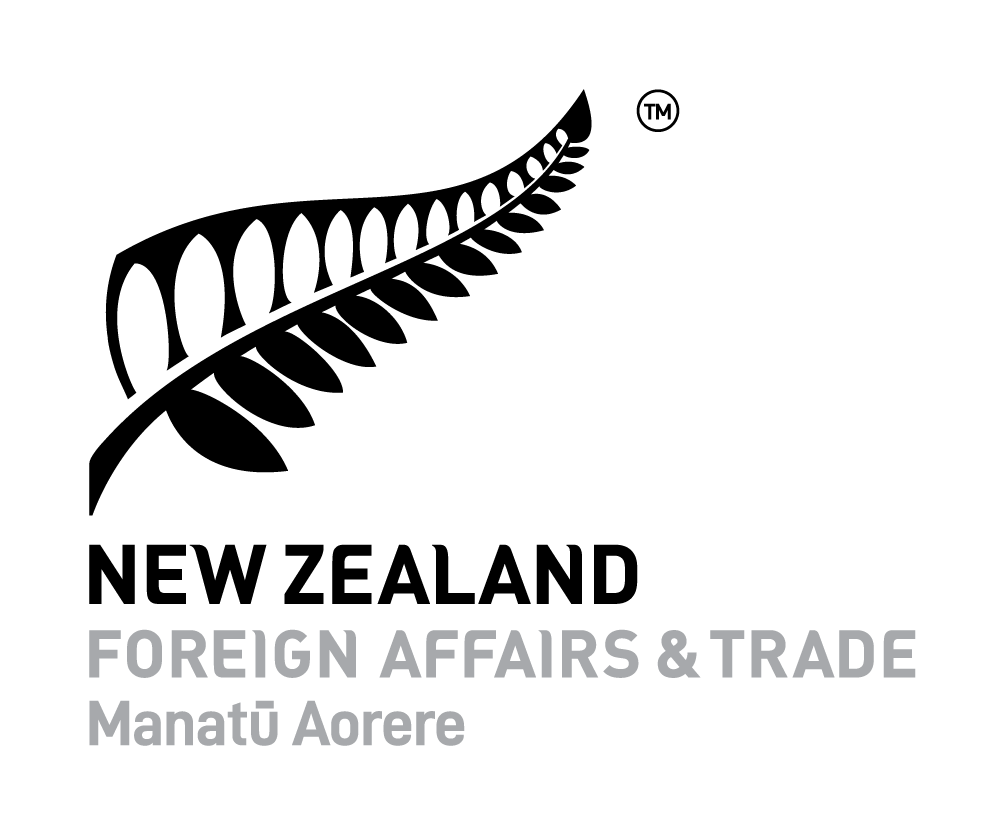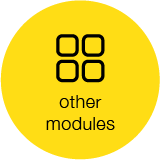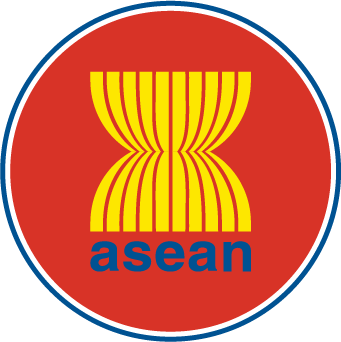
for the Implementation of International Standards
related to Sanitary and Phytosanitary (SPS) Measures

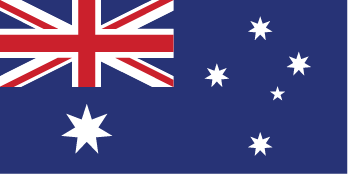
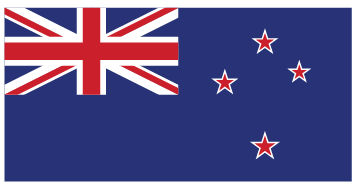
ECONOMIC COOPERATION SUPPORT PROGRAMME (AECSP)
Disclaimer
This e-learning module has been developed for the teaching purposes and material contained in it is of general nature.
It is not intended to be relied upon as legal advice and the concepts and comments may not be applicable in all circumtances.



ECONOMIC COOPERATION SUPPORT PROGRAMME (AECSP)
Overall objectives
The OIE divides its work into six key missions; transparency, scientific, information, international solidarity, sanitary safety, promotion of veterinary services and food safety and animal welfare.
More information on these missions can be found in the OIE website.
Introduction
The OIE was created in 1924 in response to the spread of rinderpest and the need to fight animal diseases at the global level. Rinderpest is one of the oldest known diseases of livestock and had devastating effects on animal welfare and livelihoods across the globe before its eradication in 2011. The image shown here is called ‘God strikes the Netherlands with rinderpest’. It is dated 1745.
Office International des Epizooties was created
The OIE was established in 1924 under the name of ‘Office International des Epizooties’. This name was later changed to the World Organisation for Animal Health in 2003.
FAO and WHO were formed
In 1951 the United Nations, which replaced the League of Nations established the Food and Agriculture Organisation (FAO) and the World Health Organisation (WHO).
WTO and SPS Agreement commenced
The WTO and the SPS Agreement officially commenced in 1995.
The OIE today
As of 2018, the OIE has 182 members
The OIE, WTO, and SPS
The SPS Agreement is discussed in previous modules.
Highly relevant to the OIE is that the SPS Agreement allows for import sanitary measures to based on:
- International standards OR
- Full import risk analysis (IRA)
For the import of animal and animal products, the OIE is the organisation that develops the international standards for protecting animal health.
The standard setting body for plant health and food safety is the International Plant Protection Convention (IPPC) and Codex Alimentarius (Codex), respectively.
The OIE observatory
Establishment
In May 2018, the World Assembly of OIE Delegates adopted a resolution to establish the observatory.
Objective
To monitor the implementation of OIE International Standards and to determine the constraints and difficulties Member Countries face.
More information
Find more information through this link or in the resources tab.
Question
The OIE is under the control of the World Assembly of Delegates consisting of Delegates designated by the Government of all Member Countries
According to the SPS agreement, sanitary measures relating to animal health imposed by an importing country may be based on (select one answer only)
If a country follows the standards adopted by the OIE, then their obligations under the SPS Agreement for animal health are met.
The following is a list of key points from this module.
The OIE is the intergovernmental organisation responsible for improving animal health worldwide. The WTO SPS Agreement recognises the OIE as the standard setting body SPS measures related to animal health.
The OIE began in 1924 in response to the spread of rinderpest and the growing need for a global approach to animal health.
Today, the OIE has 182 Member countries.
The WTO SPS Agreement recognises the OIE as the standard setting body SPS measures related to animal health. The SPS Agreement encourages WTO members to follow international standards outlined by the OIE (as well as the other standard setting bodies, the IPPC and Codex).
The OIE Observatory was established in 2018 to monitor the implementation of the OIE International Standards.



ECONOMIC COOPERATION SUPPORT PROGRAMME (AECSP)

